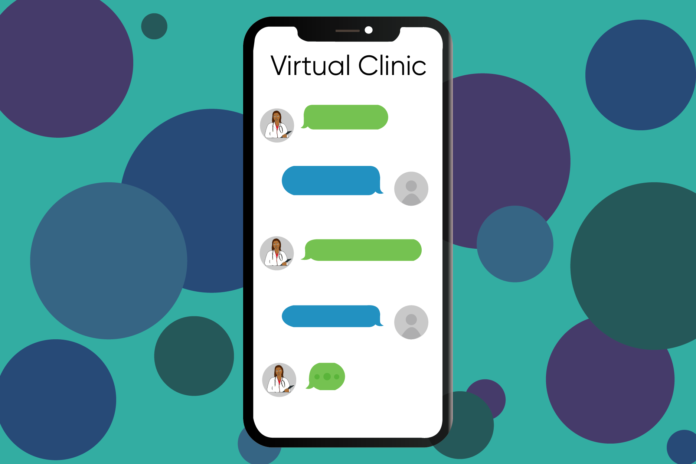NeuroSphere, an app that connects to patients’ implanted devices, expands telehealth to make healthcare more accessible remotely
The Departments of Neurology and Neurological Surgery at the UC Davis Medical Center recently became the first hospital in Northern California to adopt NeuroSphere, a remote patient care system created by the medical device company Abbott Laboratories. Utilized in tandem with its device as part of the Deep Brain Stimulation (DBS) program to help relieve movement disorders, the app has revolutionized telehealth to provide better patient accessibility to health care.
Neuromodulation therapy involves modifying the way the nervous system processes electrical impulses. The DBS program is one established form of neuromodulation therapy that focuses on treating patients screened and diagnosed with movement disorders like Parkinson’s disease, essential tremor and dystonia.
Laura Sperry, an adult nurse practitioner and the program director for the DBS program at the UC Davis Medical Center, described how health care providers previously required in-person visits to adjust the device for DBS patients undergoing neuromodulation therapy.
“The only way that we could connect with the patients, modify their settings, check their battery status and see if they have any abnormal impedances that might indicate a fractured or damaged system was in the clinic,” Sperry said. “Patients needed to be within a few feet from us so that we could connect with them through Bluetooth or a wire, depending on the system that we’re using.”
For these patients with motor disabilities, the device operates internally, being embedded in the chest of the patient with a wire connecting through the back of the neck to electrodes surgically implanted on the brain. Following surgery, patients would oftentimes have to make multiple visits to the hospital to have their devices fine-tuned, which could be burdensome for any patient, let alone those who live outside the area.
Dr. Kiarash Shahlaie, a professor in the department of neurological surgery practicing cranial surgery and conducting research at the UC Davis Center for Neuroscience, emphasized how NeuroSphere expands accessibility of health care to patients by just requiring them to have a Wi-Fi connection.
“For a hospital like UC Davis, which has such a big geographic catchment area, we’re the only academic medical center all the way up to the Oregon border,” Shahlaie said. “So we have patients that live hours and hours away that come here because we’re specialized, and we have this ability to to do these operations and implant these devices. Some of the devices require pretty frequent visits early on, especially if you want to really fine-tune it, so this platform is pretty exciting because it allows us to treat patients anywhere in the world. As long as we can get online and get access to their device, we can have a visit with them.”
Dr. Lin Zhang, a clinical professor in the department of neurology and the co-director of the DBS program, further described the convenience of NeuroSphere for both health care providers and patients.
“The significance is being able to give the patients the convenience to not have to come to the clinic and to be able to receive the same level of care as if they were here in person, at home,” Zhang said.
During the pandemic, the expansion of telehealth with NeuroSphere is a big step toward enabling access to health care for many who cannot travel or fear in-person visits at hospitals. Shahlaie provided a glimpse of how NeuroSphere might shape the future of healthcare with smarter and precise technology.
“We think these devices are going to get smaller, so we certainly anticipate the implants to get smaller,” Shahlaie said. “They’re certainly getting smarter, meaning that the systems that used to all be open-loop, kind of just stimulating [the brain] blindly all day long, are now becoming closed-loop. They have an input and a decision to stimulate the brain, and so we anticipate some degree of AI, where computers have algorithms and they get better and better over time to modulate the brain more effectively, since every brain is going to be different.”
Written by: Brandon Nguyen – science@theaggie.org




